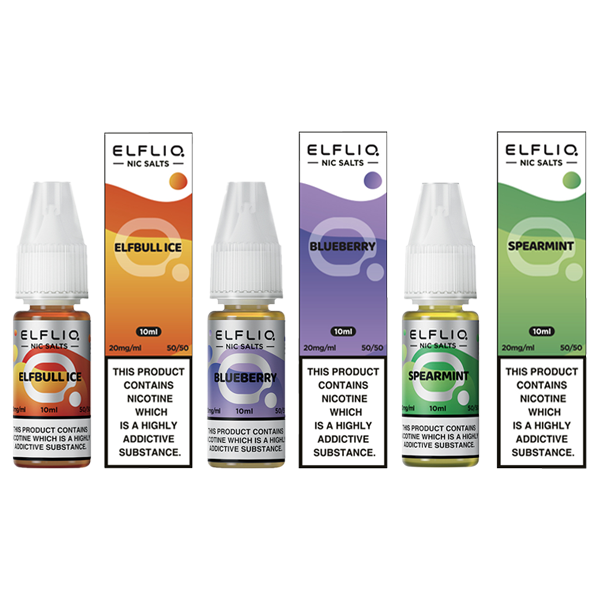Shopping for dog food seems easy, but it can get confusing with lots of brands and labels. Some bags say “natural,” others say “grain-free,” and then there are dozens of flavors, sizes, and formulas. You want to ensure your dog gets the best food without spending hours at the store or wasting money on the wrong kind. These tips can help make your shopping routine smarter, whether you buy online or in person.
1. Know Your Dog’s Needs First
Before you go shopping for dog food, make sure you know what your dog needs based on its age, breed, weight, level of exercise, and any health problems. A puppy that is young and full of energy will need something very different from an older dog that has stomach problems. While highly active dogs usually gain from additional protein, dogs with allergies or digestive problems may need milder ingredients.
2. Read Labels Carefully
Make sure that you start with the ingredients list; genuine meat such as chicken or beef should come first, not nebulous phrases like “meat by-products” or “animal digest.” Clear breakdowns of protein, fat, and fiber amounts are given in the guaranteed analysis section. And if you find words like “chicken flavor,” don’t assume there is genuine chicken; examine thoroughly to find what’s truly within.
3. Don’t Fall for Fancy Words
To make the food better than it is, dog food packaging highlights terms like “premium,” “natural,” or “holistic.” These words are not controlled; hence, companies use them even if the quality is not good. This is why it’s wiser to look beyond the bag for the actual contents, including nutritional information and components. Though the front would grab your attention, the back reveals the true narrative.
4. Buy the Right Size Bag
For large dogs especially, it would seem wise to grab the largest bag of dog food in order to save money, but consider how long it will sit before being consumed. If not tightly wrapped, dog food can quickly lose freshness; stale food is not ideal for your dog’s taste receptors or general health. Take note that buying big bags could take too long, and they could lose quality before they are consumed by smaller dogs.
5. Compare Prices the Smart Way
Price tags may be confusing, particularly in cases when the initial impression of a large dog food bag seems cheaper. Keep in mind that some retailers list it straight on the shelf tag, but if not, simply divide the total price by the number of pounds to help check the cost by weight. Remember also to search for loyalty rewards or discounts since those little savings may mount up over time.
6. Ask Your Vet or Groomer
You don’t have to figure it all out by yourself; if picking the correct diet seems hard, a simple visit to your veterinarian will be much appreciated. Vets can recommend food that supports improved general care since they know what is ideal for the breed, weight, and health of your dog. Even if store employees could suggest items, the wiser decision is reliable counsel from someone who knows your dog.
7. Try Samples Before Buying Big
Changing your dog’s diet requires some preparation, particularly given some dogs may experience stomach problems. Many pet retailers keep it at the counter or sell it at a discount; thus, instead of immediately purchasing a big bag, find out if the company offers trial quantities. Starting with the new food lets you observe how your dog responds without having to deal with wasting money.
Smart Choices, Healthier Bites!
Understanding what your dog actually needs, thoroughly reading labels, and avoiding being duped by fancy packaging will help you make better decisions with some forethought. Aside from that, you should see the pricing; stay away from overbuying; and contact a veterinarian or specialist when in doubt. Moreover, a few easy adjustments will result in better food, good health, and a happy wagging tail.





